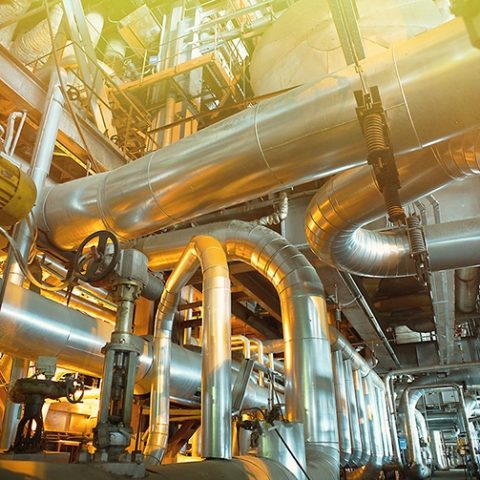When looking at any heat tracing system project, two types of costs come into consideration: Total Investment Cost (TIC) and Total Operating Cost (TOC). TIC includes the cost for materials, installation and is typically incurred in the project phase. On the other hand, TOC covers all the costs during the operational lifetime of the system such as energy, maintenance and the potential for unforeseen shutdowns or losses of production.
Typically, most tend to focus on the TIC without truly taking a step back and analyzing the TOC. Often times, the TOC may end up being the most important variable in determining the return on investment of a project. This principle is no different when talking about heat tracing projects.
When making the decision to implement a Heat Tracing System, many factors are considered, one of which is cost. To achieve better cost savings in both TIC and TOC, follow these tips below:
1. Choose a reliable and proven heat tracing system
Each type of heat tracing technology has its own characteristics. Whether it’s the maximum circuit length to maximum exposure temperature or the ease of design to ease of installation being considered, the selection of technology has an impact on power infrastructure, insulation, control systems and ultimately the TIC.
It might come as a surprise to some, but there is little impact from the technology on the overall energy consumption. The reliability of the system and the quality of the products selected are typically more important. Because failures in heat tracing can cause process issues, production stops or other disturbances, which can cause expensive repairs, it is paramount to buy products from a manufacturer with a reliable and proven track record;
2. Take a balanced approach to insulation
The relationship between insulation and operating costs is clear: the more heat is lost, the greater amount of energy is needed to counter the loss. The key to attaining a true cost benefit in your heat tracing system is to choose products which achieve the optimal combination of heat loss and heat supply. The system’s benefits must outweigh the increased insulation material costs to be cost-effective, especially since the impact of insulation is significant for high maintain/low ambient temperatures.
3. Smart heat tracing system controls can improve sensing ability
Leaving things to chance is not a good strategy for long term results. Having better control over the energy consumption of your system can greatly influence operational costs. This is even true for systems that are already installed because of the advanced controlling technologies available today.
Generally, there are three types of sensing available. The most basic option is Ambient Sensing, which merely looks at the ambient temperature to turn the heat switch on/off – with either no or full continuous heating as a result. With Proportional Ambient Sensing, the relationship energy/ambient temperature is more linear. Depending on the temperature of the environment, a pre-programmed algorithm will turn the heating system on or off in specific timed intervals, leading to a smarter use of energy. Line-sensing is even more advanced, and looks not at the environment, but at the real-time fluid temperature in the pipe. This makes it particularly fit for process temperature maintenance applications.
4. Advance your vision with real-time monitoring
Moving from a reactive to proactive maintenance approach drastically reduces the risk for unforeseen shutdowns and loss of production. Smart monitoring systems can communicate with the client’s Distributed Control System and Computerized Maintenance Management System. This allows for a preventative and structured maintenance approach and gives a full historical overview. Rather than trying to locate and remedy failures as they occur, you can, therefore, measure performance, analyze trends, self-test and take action beforehand.
The decision of which partner to trust with your heat tracing needs will have a large impact on both your TIC and TOC. Finding an organization that can implement these factors with an integrated approach can make or break the return on investment in your heat tracing system, making it necessary to work with a partner with proven ability to consider these factors.
Well maintained heat tracing systems offer maximum reliability and performance, year-round. Find out more on how to audit your systems before cold weather strikes by downloading a practical infographic or contacting a winter safety expert.



